 TBI Module 1 With Professor Carrick On-demand
TBI Module 1 With Professor Carrick On-demand
Description
Carrick Institute Concussion/mTBI Program
The Carrick Institute concussion/mTBI program is designed to train healthcare professionals how to understand, examine and treat sports-related concussions/mTBI. This program is one of immersive integrated clinical education designed to promote mastery of the subject area and long-term learning.
Goal and Learning Outcomes
The purpose of our Concussion/mTBI program is to inform healthcare providers about the incidence, symptoms, diagnosis, and treatment of sports-related concussions and the potential for serious long-term outcomes such as dementia. Completion of this program will enable the healthcare practitioner to:
- Design and Implement a Concussion Treatment Program
- Design and conduct a brain and vestibular rehabilitation program
- Design evidence-based treatment plans
- Utilize a current evidence-based examination process to quantify brain function and human performance
- Define sports-related concussions and the sports in which they are most often found
- Describe the immediate and long-term symptoms of sports-related concussions
- Discuss expert recommendations for preventing/managing sports-related concussions
- Prepare health care professionals with advanced knowledge and skills in diagnosis and treatment of Concussion/mTBI.
This program prepares our Clinical Scholars to be able to:
- Create innovative clinical environments designed to manage the Concussion/mTBI patient.
- Learn to evaluate and create individual programs to care for patients after Concussion/mTBI.
- Leverage evidence-based clinical practice to create a best practice that networks with other Concussion/mTBI specialists.
Faculty
Topics:
- TBI and Eye Movements
- Sensory Integration
- Neurological Compensation of Head, Neck, Postural and Visual Systems
- Chronic Traumatic Encephalopathy
- Integration of Cortical and Subcortical Structures
- Coordination of Head, Neck, Trunk and Limb Functions
- Eye Movement Therapy and Carrick Eye Movement Strategies
- Integration of Multi Sensory Systems and Perception
- Best Practices Treatment of Concussion
- Measuring Human Motor and Perceptual Performance
- Testing of Balance After Concussion
- Understanding Stability Scores
- Eye Movements and Sensory Feedback
- Mechanical Load And Eye Muscle Stretch
- Clinical Classification of Eye Movements
- Clinical Observational Skills and Eye Movements the Concussion
- The Functional Classes of Human Eye Movements In Concussion Diagnosis and Treatment
- Clinical Practicums of Vestibular, Visual Fixation, Optokinetic, Smooth Pursuit, Nystagmus Quick Phases, Saccades, Vergence And Versions
- Stability of Head Neck and Vision After Head Injury
- Clinical Understanding of Oscilopsia and Illusory Movements After Concussion
- Treatment Protocols to Increase Stability of Head, Neck And Visual Systems
- Clinical Examination Skills and the Spatial Frequency of Visual Targets
- Clinical Examination Skills of Torsional Eye Movements
- Clinical Applications Of Retinal Activation
- Visual Searching Specific to Sports And Maximizing Human Performance
- Angle of Gaze and Head, Neck Function
- Diagnosis and Treatment of Blurred Vision After Concussion
- Movement and Had Perturbations
- Visually Mediated Reflexes and Vestibular Ocular Reflexes During Head Purturbations
- Clinical Understanding Of Stabilizing and Shifting Gaze
- Clinical Neuro-Anatomical Circuitry And Functional Classes of Eye Movements
- Physical Examination and Treatment Development Based upon Functional Performance
- Biomechanical Factors Affecting the Interaction of Brain And Sensory Motor Systems
- Clinical Applications of The Pulse and Step of Neural Integration
- Treatment of Concussion And Orbital Mechanics
- Pulse Step Mismatch And Clinical Applications
- Concussion Treatments To Synthesize Velocity and Position Components Of Ocular Motor Commands
- Clinical Applications Involving the Process of Neural Integration
- Vergence and Version Eye-Movement Neural Integrators
- Clinical Applications of the Vestibular System In Concussion Rehabilitation
- Clinical Applications Of the Auto Kinetic System in Concussion Rehabilitation
- Clinical Applications of Short and Long Latency Mediated Function In Concussion Rehabilitation
- Clinical Applications Understanding the Angular VOR
- Clinical Applications Understanding The Translational VOR
- Clinical Applications of Patterns of Nystagmus In Concussion Patients
- Clinical Applications of Otolithic–Ocular Reflexes
- Clinical Applications of Natural Head Movements In Concussion Rehabilitation
- Clinical Applications of Visual Saccades
- Rehabilitation Strategies Using Voluntary and Involuntary Saccades
- Clinical Understanding Of Neural Integration Between Brain and Brain Stem
- Clinical Applications of Smooth Pursuit in Visual Fixation
- Rehabilitation Strategies Using Nonvisual Environmental Stimulation
- Clinical Strategies of Eye Head and Neck Movements
- Understanding a Three Dimensional Aspect of Eye Movements In Clinical Practice
- Adaptive Control of Eye Movements In the Treatment of Concussion
- Clinical Attributes of Eye Movements and Spatial Localization
- Adaptive Strategies In Acute and Chronic TBI Treatments
- Brain Integration And Compensation After Concussion
Testimonials:
“As after many Carrick Institute learning experiences I feel like my eyes have been opened. Things that previously have slipped by unnoticed now jump out at me. I was blind but now I see. Sometimes it’s now so apparent it startles me.”
-Dr. Ray Purcell

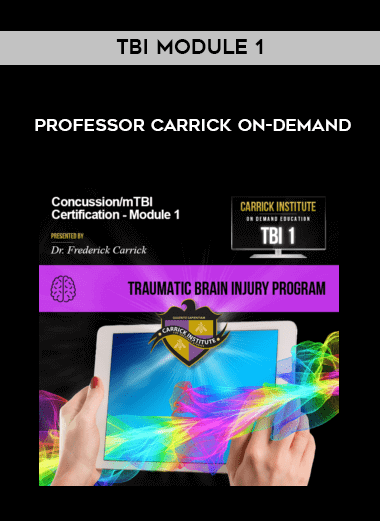
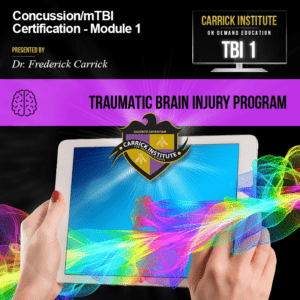

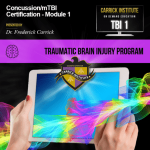
![[Audio Only] CC19 Workshop 15 - Advanced Relational Life Therapy (RLT) - Terry Real](https://intellschool.info/wp-content/uploads/2022/02/ajHcWg3pZEWoZ4CLN52R4A-200.jpg)
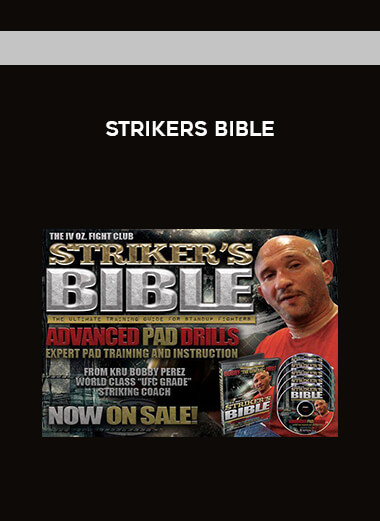

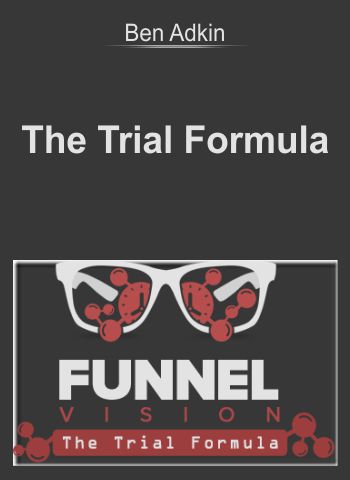
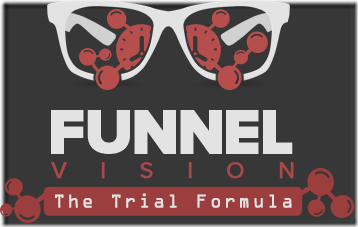





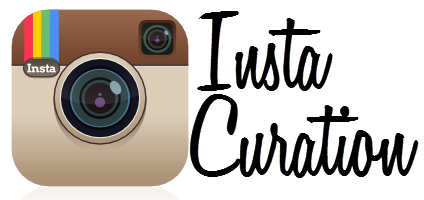
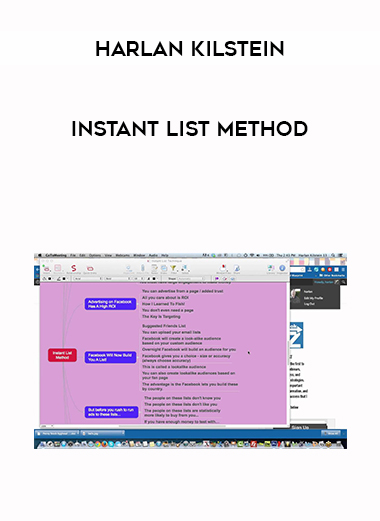
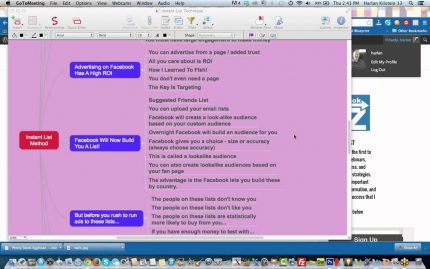

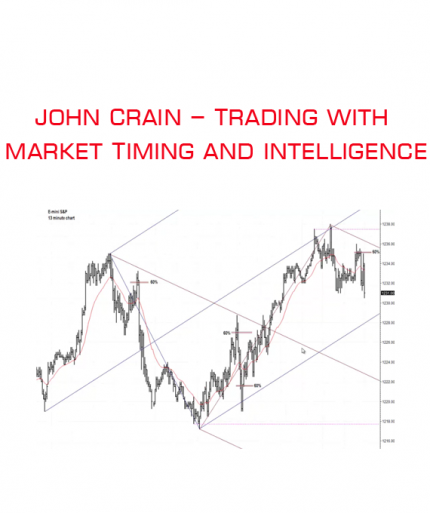
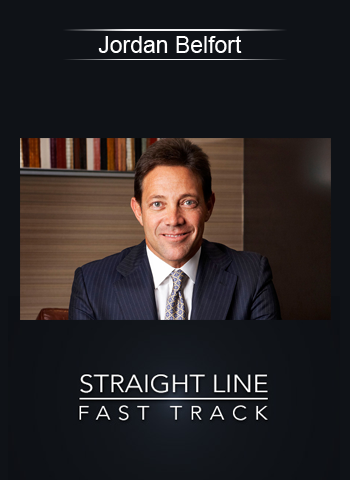
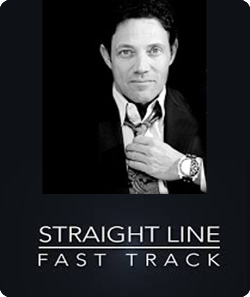

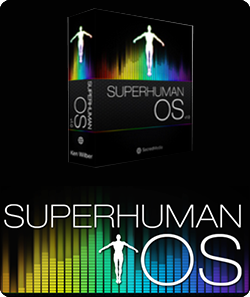


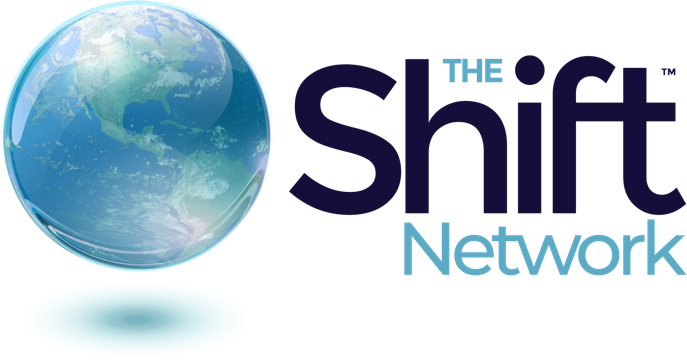







Reviews
There are no reviews yet.